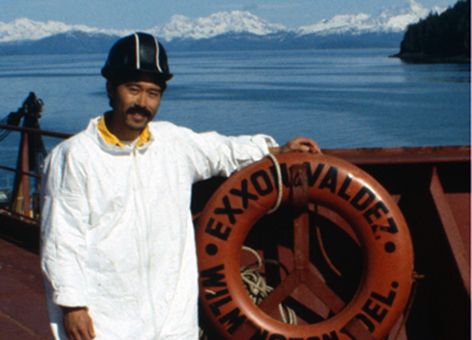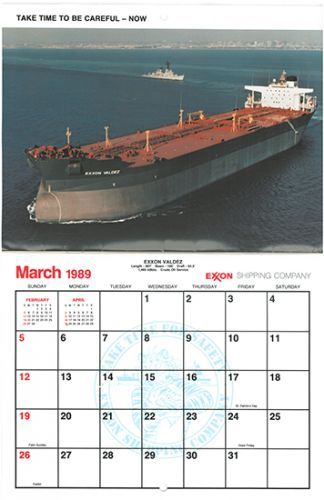Remembering the Exxon Valdez: Collecting 25 Years of Memories and Memorabilia
MARCH 24, 2014 -- On May 24, 1989, NOAA marine biologist Gary Shigenaka was on board the NOAA ship Fairweather in Prince William Sound, Alaska.
It had been two months since the tanker Exxon Valdez, now tied up for repairs nearby, had run aground and spilled nearly 11 million gallons of crude oil into the waters the Fairweather was now sailing through.
That day Shigenaka and the other NOAA scientists aboard the Fairweather were collecting data about the status of fish after the oil spill. Little did he know he would be collecting something else too: a little piece of history that would inspire his 25-year-long collection of curiosities related to the Exxon Valdez.
Shigenaka's collection of items would eventually grow to include everything from tourist trinkets poking fun at the spill to safety award memorabilia given to the tanker's crew years before it grounded.
This unusual collection's first item came to Shigenaka back on that May day in 1989, when the NOAA scientists on their ship were flagged down by the crippled tanker's salvage crew. Come here, they said. We think you're going to want to see this.
Apparently, while the salvage crew was busy making repairs to the damaged Exxon Valdez, they had noticed big schools of fish swimming in and out of the holes in the ship. So Shigenaka and a few others went aboard the Exxon Valdez, putting a small boat inside the flooded cargo holds and throwing their nets into the waters. They were unsuccessful at catching the fish moving in and out of the ship, but Shigenaka and the other NOAA scientists didn't leave the infamous tanker empty-handed.
They noticed that the salvage workers who had initially invited them on board were cutting away steel frames hanging off of the ship. Naturally, they asked if they could have one of the steel frames, which they had cut into pieces a few inches long so that each of these fish-counting scientists could take home a piece of the Exxon Valdez.
After Shigenaka took this nondescript chunk of steel back home to Seattle, Wash., he heard rumors about the existence of another item that piqued his interest. The Exxon Shipping Company had allegedly produced safety calendars which featured the previously exemplary tanker Exxon Valdez during the very month that it would cause the largest oil spill in U.S. waters at the time—March 1989. Feeling a bit like Moby Dick's Captain Ahab chasing down a mythical white whale, Shigenaka's efforts were finally rewarded when he saw one of these calendars pop up on eBay. He bought it. And that was just the beginning.
This young biologist who began his career in oil spill response with the fateful Exxon Valdez spill would find both his professional and personal life shaped by this monumental spill. Today, Shigenaka has an alert set up so that he is notified when anything related to the Exxon Valdez shows up on eBay. He will occasionally bid when something catches his eye, mostly rarer items from the days before the oil spill.
To commemorate the 25 years since the Exxon Valdez oil spill, take a peek at what is in Gary Shigenaka's personal collection of Exxon Valdez artifacts.
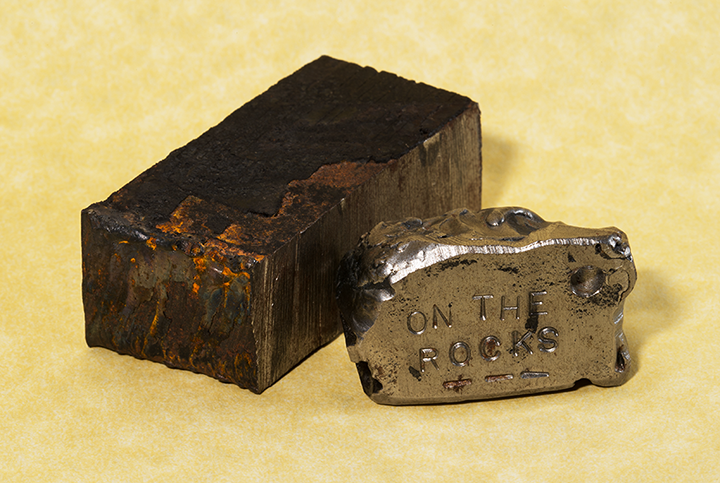
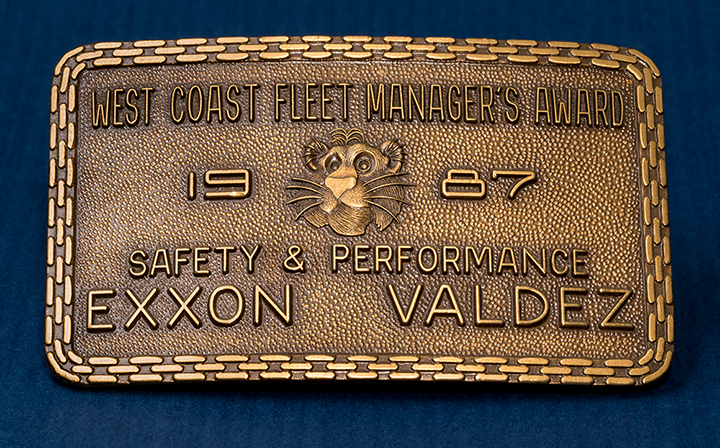
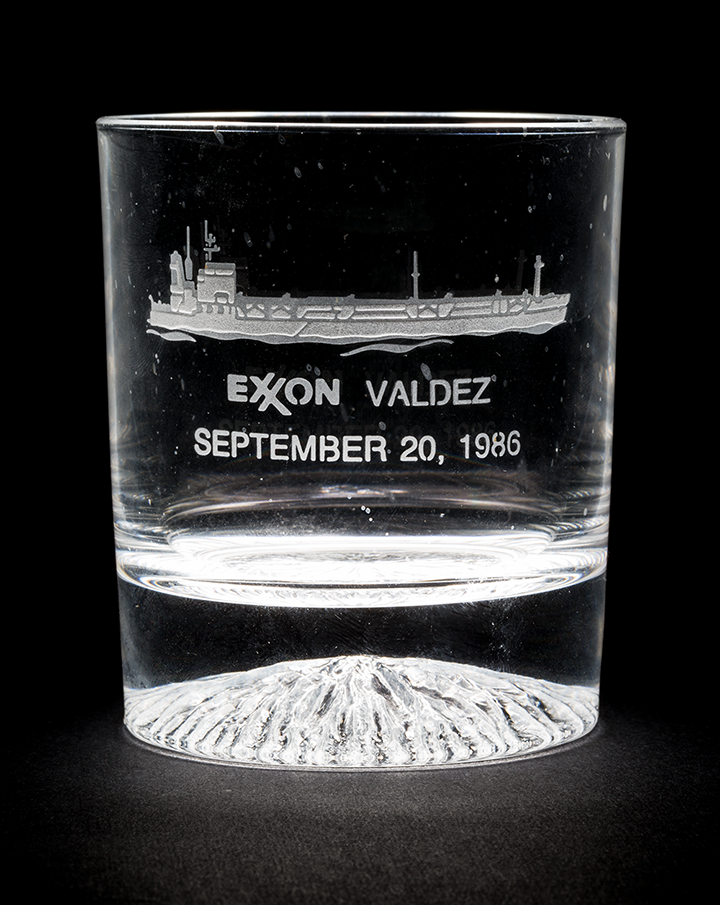
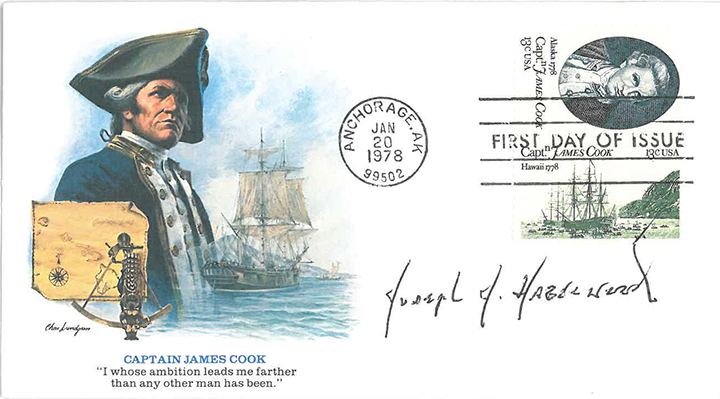
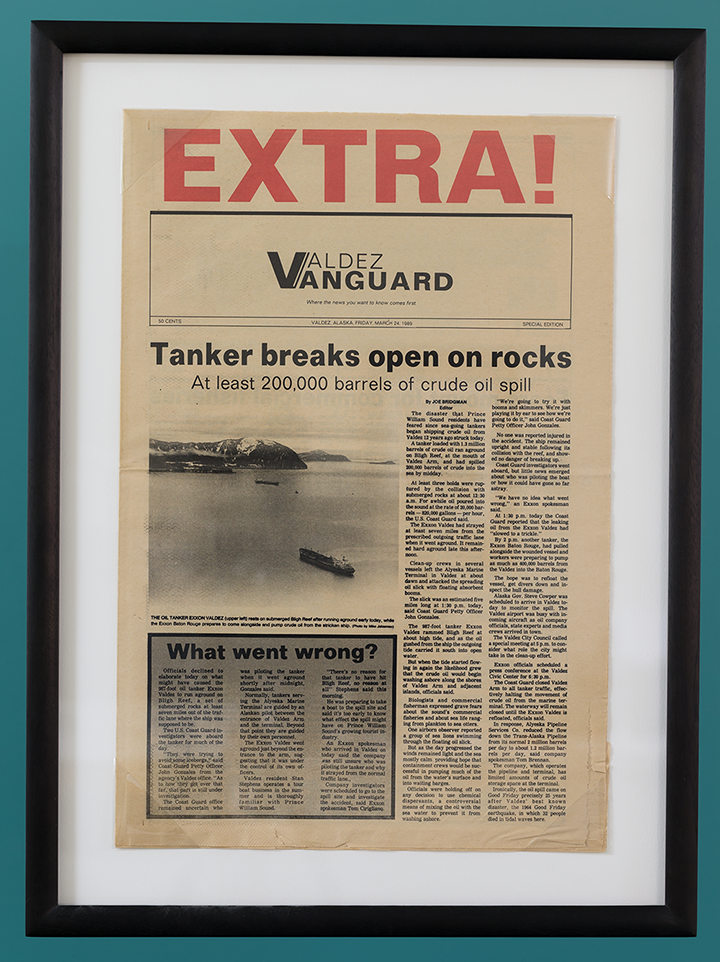
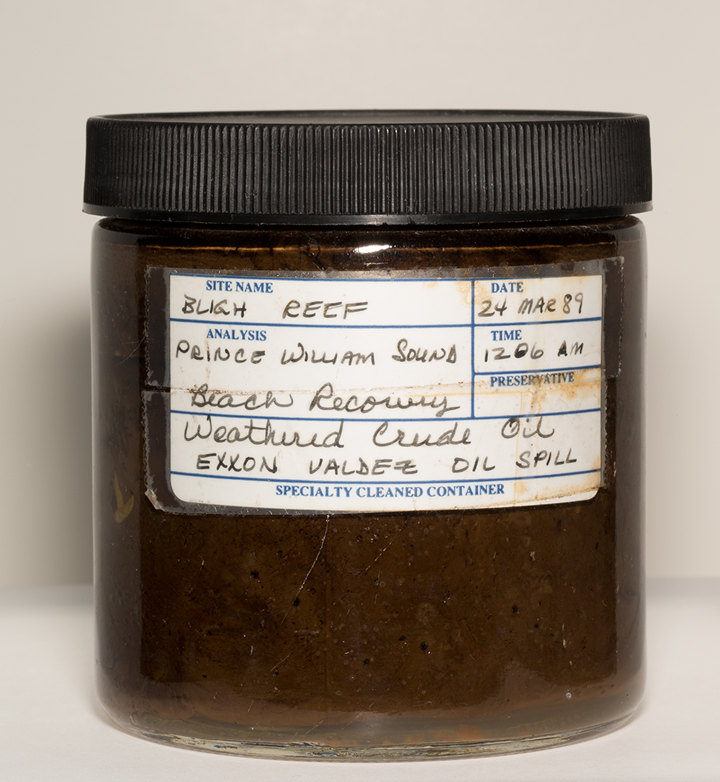

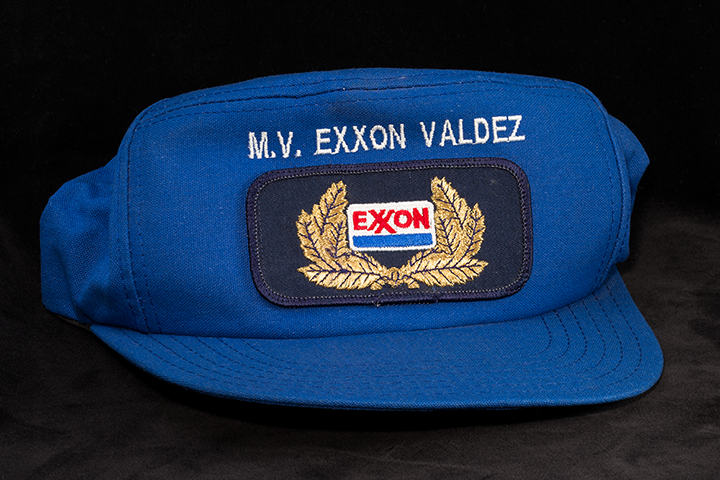
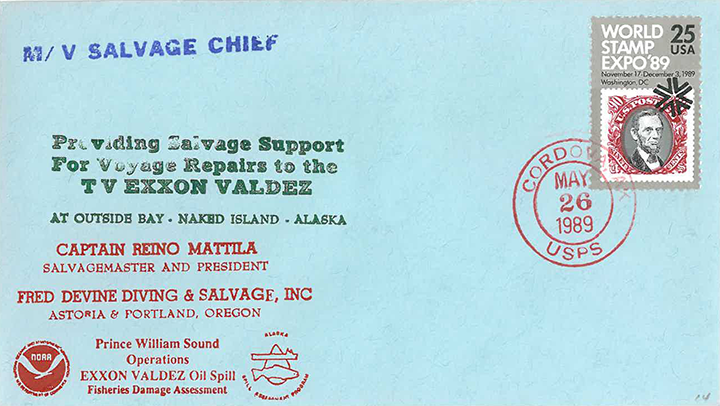
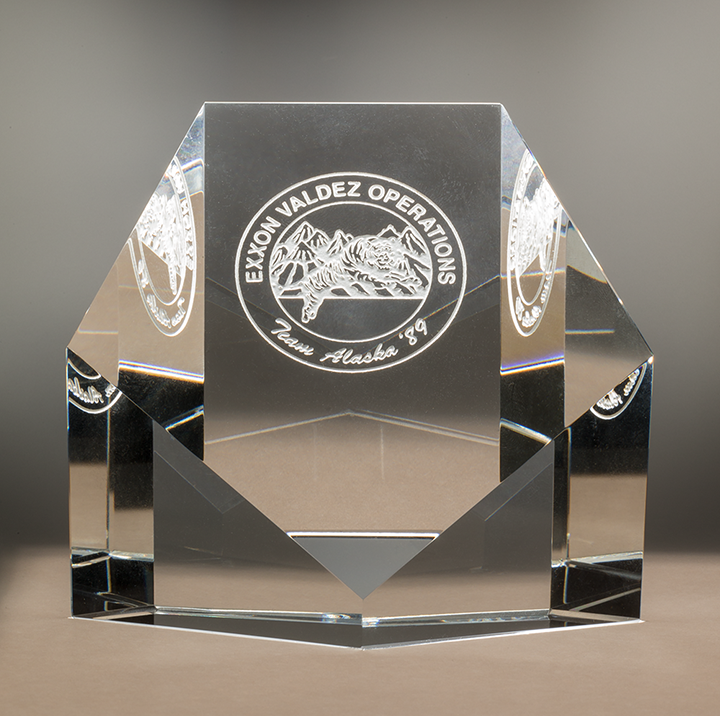
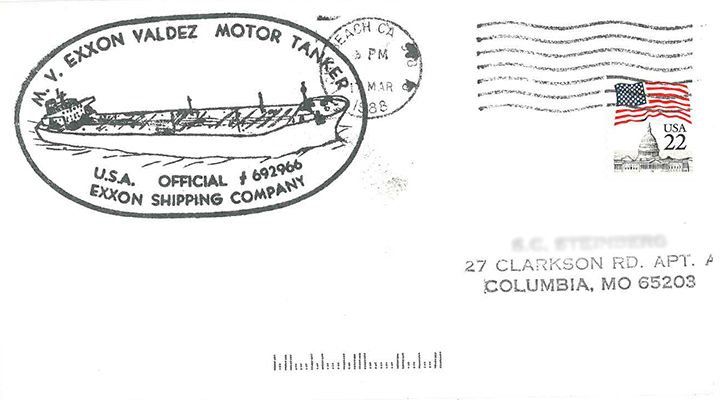
 An official website of the United States government.
An official website of the United States government. 
